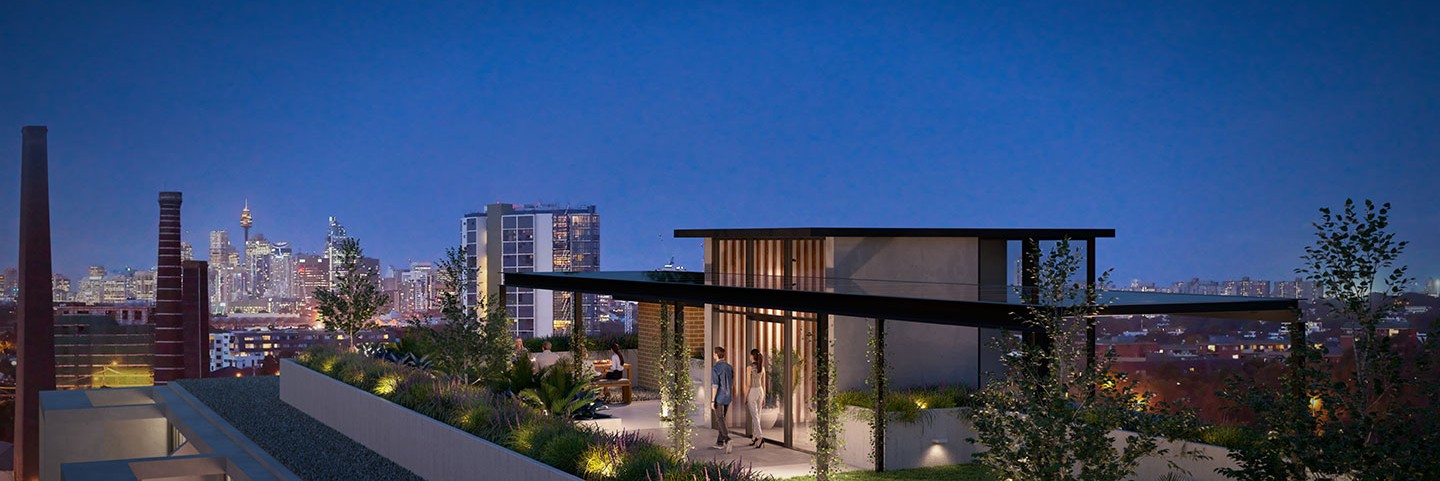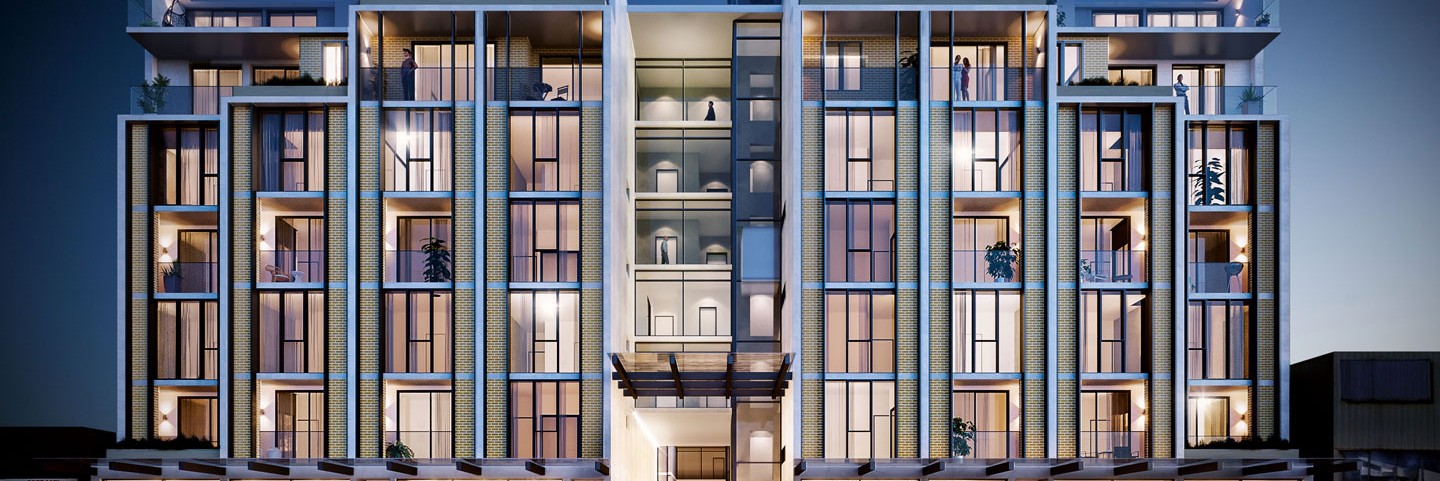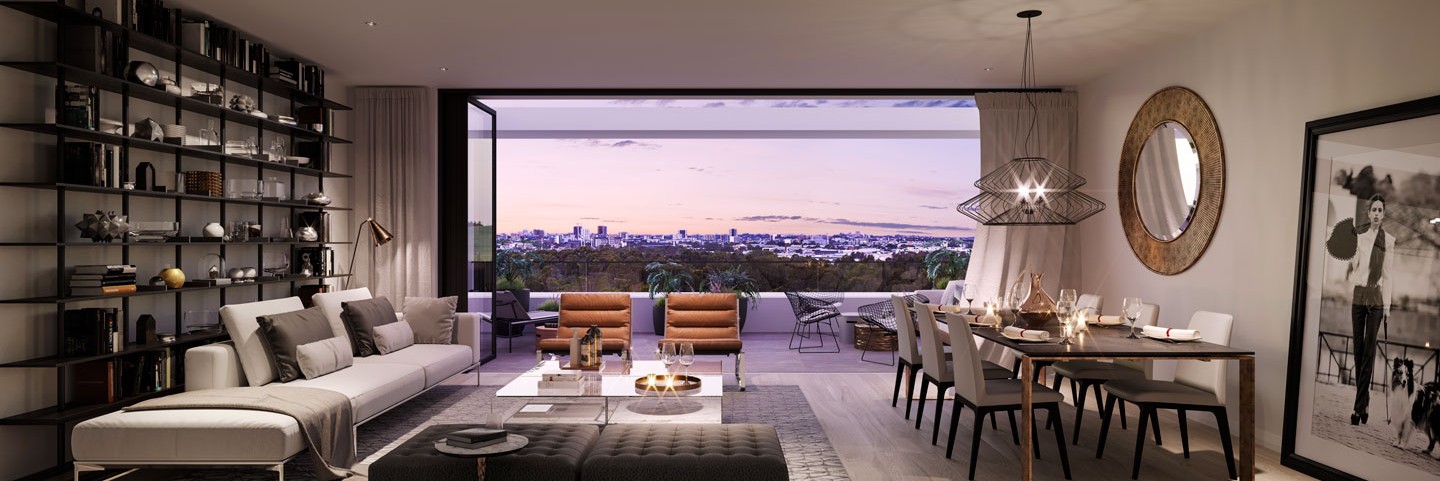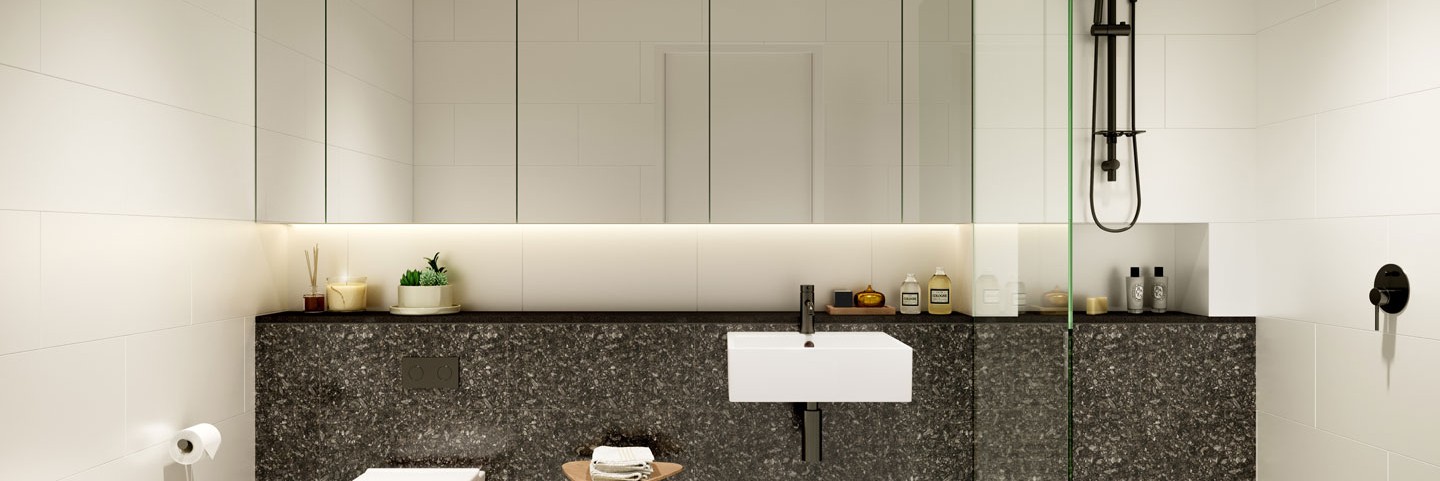With property prices in Sydney never higher, it can be difficult for first time investors to find the right opportunities. However, despite the surging prices of the inner and middle ring suburbs, there are still opportunities in the outer ring of Sydney to buy cheaper properties with the potential for good returns.
With the help of Onthehouse.com.au, we look at some outer ring suburbs in Sydney – between 30 and 50 kilometres from the CBD – that have been both growing in value and producing solid rental yields.
Mount Druitt
Mount Druitt, 43 kilometres west of the Sydney CBD, is on the train line and close to major motorways. The suburb was established in 1966 as an area of public and private housing but later earned itself the unwanted reputation of being one of Sydney’s most socially disadvantaged areas.
However, in the recent past there’s been a lot more residential development in the area, a Westfield shopping mall has been built and the number of local professionals is on the increase.
Units there have been rising in value of late too, up 19% to a median of $325,000 in the year to January 31, having gone up in price by an average of 6.7% each year for the last twenty years, according to Onthehouse.
While this is akin to the average growth of units across Sydney, the current rental yield on Mount Druitt units of 6.5% is much higher than the city wide average of 4.6%, as per Onthehouse. This has, in part, been caused by cheaper properties which have been able to command a solid rise in asking rents due to a large proportion of local residents being renters.
Warwick Farm
Units in Warwick Farm, about 30 kilometres west of the CBD, are producing excellent rental results for owners with a current yield of 6%, according to Onthehouse. The entry point for buying apartments is also typically lower than in most Sydney suburbs, with a median value of just $294,500 in the year to January 31, says Onthehouse.
This is despite the fact that over the same period, unit prices climbed by 21% and have been going up at a rate of just under 7% per year over the last twenty years, according to Onthehouse. That’s among the best performers in outer ring suburbs. So affordability is still good because prices have come off such a low base.
At the same time, asking rents have jumped by about 8% to $340 per week in the year to January 31, says Onthehouse, which suggests strong rental demand. The wider area benefits from a major shopping centre, a hospital, TAFE, schools and a good cross section of older and smaller blocks as well as newer developments.
Liverpool
Liverpool has become a major hub in the western suburbs of Sydney, with a mix of residential, industrial and commercial property. It’s also well connected by public transport and major motorways.
As such, it’s no surprise unit prices have been rising in the area, up 18% to a median of $343,500 in the year to January 31, according to Onthehouse. Meanwhile, the current rental yield in the suburb is 5.8%, well above the city wide average of 4.6%, as per Onthehouse. This is helped by demand from renters, who make up about 50% of the market, according to CoreLogic RP Data.
Liverpool has actually been earmarked for high density residential development, given its growing population and business prospects. So while there are some cheaper older blocks of units, there are more modern high-rise units popping up, which tend to sell at higher prices.
Blacktown
Blacktown has become one of the more popular investment spots in Sydney in the past year, with both units and houses seeing rapid price growth. However, units still look to be the stronger investment given that prices are relatively affordable at a median of $397,500 in the year to January 31 and rental yields are currently at 5.5%, according to Onthehouse.
There’s also a high proportion of renters in the area – 35% according to CoreLogic RP Data – and a large number of residents are couples and families. So investors might assume a steady stream of rental income and good tenants.
Blacktown is a busy area with a diverse population and a broad range of community amenities. It has transport links, a number of good schools, arts and community centres, retail shopping centres and popular sporting facilities.
Dharruk
Dharruk is a small suburb in the Blacktown City area and has seen some of the strongest growth on house prices in Sydney in the year to January 31, up 21% to a median of $411,500 in that time, according to Onthehouse.
A good number of couples and families in the area have helped rental yields climb too, currently at 5.4%, says Onthehouse. This comes with particularly good rental income of $425 per week, according to Onthehouse, which is better than in Blacktown central or even Liverpool.
Leumeah
House prices in Leumeah have shot up by 18.5% in the year to January 31 to a median of $445,000, according to Onthehouse. While this is higher than other suburbs in the surrounding area, the rental situation also appears to be solid for investors with a weekly income of about $450 and current rental yield of 5.3%, says Onthehouse.
As part of the Campbelltown area, it’s a little further out from central Sydney at around 52 kilometres from the CBD, however there are a large number of families and a good proportion of renters who make up about 33% of the market, according to CoreLogic RP Data.
Ingleburn
Ingleburn is a suburb on the move with its house prices at a median of $489,000 over the year to January 31, which comes on the back of 21% growth over that period, as per Onthehouse.
Investors also benefit from good rental demand, however, with a weekly rental price of $485 which converts into a current yield of 5.2%, says Onthehouse.
CoreLogic RP Data’s research shows it has a young population of couples and families, and it’s a good mix of owner-occupiers and renters. The area boasts plenty of parkland, has transport links, schools, a shopping area and has a highly multicultural community.
Rental returns
Many property firms measure rental returns using gross rental yield, which is a percentage figure calculated by dividing the annual income earned on the property by its sale price or market value.
For this article, however, Onthehouse calculated the rental yield for the month of January only, based on the median price and weekly rent at that point in time. It’s therefore important to realise that this is not a long term forecast, but a snapshot of the rental yield at this time.





